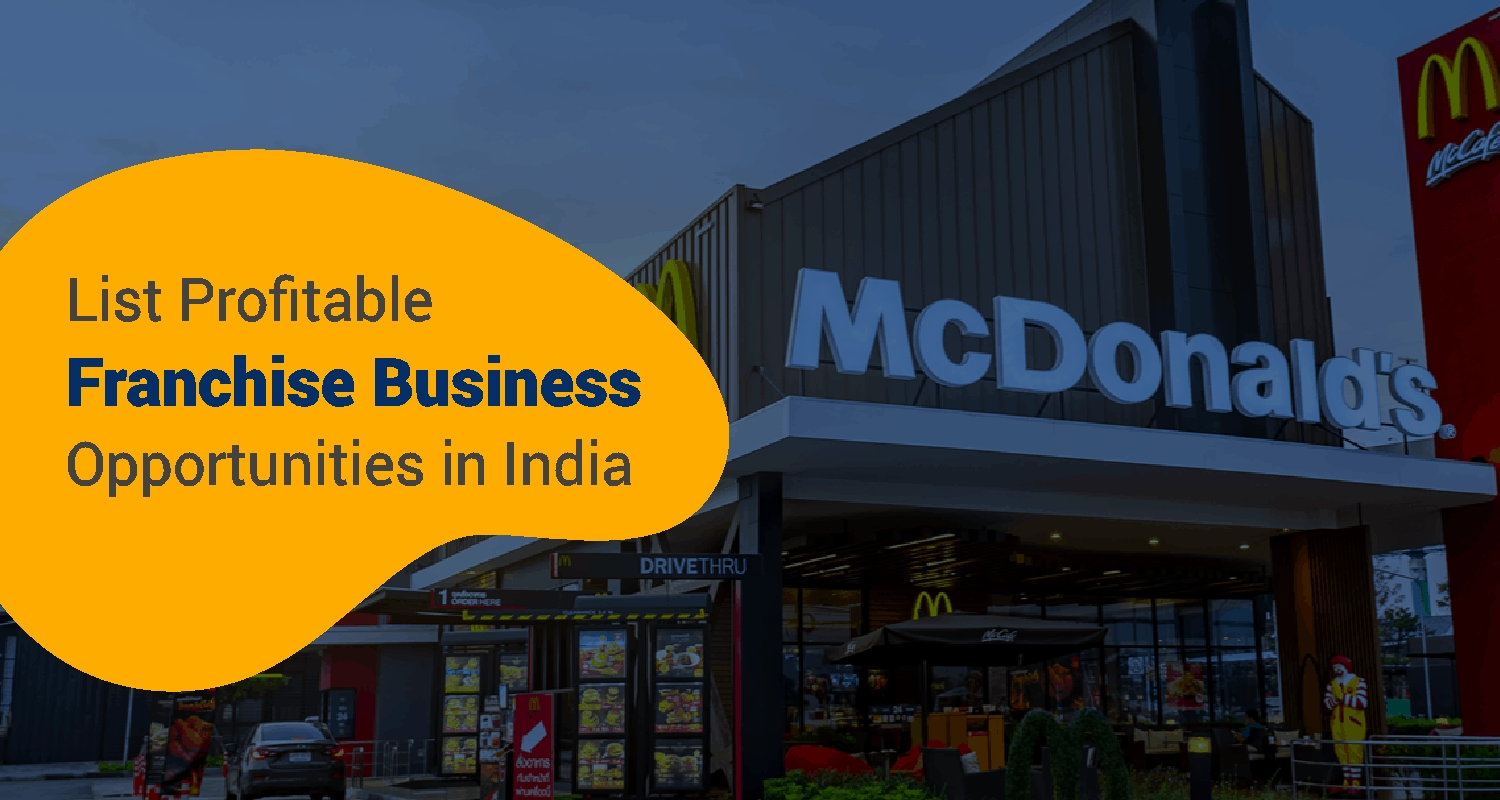What is the Forward Charge Mechanism in GST With Example?

The GST, or Goods and Service Tax, system has been a game changer for everyone in India. Since its launch in 2017, it has been the biggest indirect tax reform. It has simplified the tax system bringing everything under a single roof by eliminating the multiple layers of state and central taxes. Among the varied processes offered by GST, the Forward Charge Mechanism holds significant importance. Let’s explore what is Forward Charge Mechanism in GST and how it impacts the supplier as well as the receiver.
What is Forward Charge Mechanism under GST?
It is a mechanism where the supplier of the goods is responsible for collecting taxes and remitting it to the government. As a result the receiver of the goods need not be involved in the direct tax payment as the supplier relieves them of this burden. This makes it easy for everyone involved in the transaction/trade to comply with the GST regulations.Advantages of Forward Charge Mechanism under GST
There are multiple advantages to using the Forward Charge Mechanism. These include:
Simplified Process
Through the forward charge mechanism, taxes become easier to understand. Moreover, it reduces the complexity of tax calculations, thereby smoothing out the process for taxpayers to fulfill their tax-related obligations.Promotes Transparency
The mechanism requires the suppliers to explicitly mention the amounts being charged on the invoice. It creates a formal record, and you can clearly see the exact amount that you are paying.Fairness is Maintained for All
The Forward Charge Mechanism ensures everyone follows the same tax rules. There are no exceptions or special privileges for anyone, regardless of their financial status. The suppliers are responsible for diligently paying the taxes, leaving no room for tax evasion, thus promoting fair business practices.Boosts Efficiency
The mechanism greatly simplifies tax collection. When the responsibility is shifted to the suppliers, the government ensures that taxes are being collected effectively and streamlines the process. As a result, everyone benefits when there's an assurance that all the resources are available for essential public services.Sapna aapka. Business Loan Humara.
Apply NowHow Forward Charge Mechanism works under GST
Step 1
Suppliers have to generate invoices for their goods or services. These invoices clearly mention the breakdown of the price, including the corresponding GST amount.Step 2
The receiver has to pay the full amount mentioned in the invoice to the supplier. This is the collective price of the cost of goods/services as well as the GST amount.Step 3
The supplier is then supposed to collect the GST portion of the payment from the recipient. They then file their GST returns, reporting the collected tax and remitting it to the government.Step 4
If the recipient is registered under GST, they can claim an Input Tax Credit (ITC) for the GST they paid while purchasing. However, it is up to the Supplier and the benefit depends on the supplier fulfilling their responsibility by submitting the collected taxes to the government.Conclusion
The Forward Charge Mechanism (FCM) plays a crucial role in ensuring transparency and efficiency in India's Goods and Services Tax (GST) system. It simplifies the process for recipients and reduces the scope of tax evasion by placing the entire responsibility of collecting and remitting tax on suppliers. It also helps the government collect revenue more effectively and creates a fairer business environment.
However, it's important to remember that the mechanism is heavily dependent on suppliers fulfilling their tax obligations. For registered businesses, claiming Input Tax Credit (ITC) relies on the supplier submitting the collected GST to the government. Therefore, both suppliers and recipients need to be aware of their responsibilities under FCM to ensure the smooth functioning of the GST system.
FAQs
1. Who is responsible for collecting GST under FCM?Ans. The supplier of the goods/service collects GST and is also supposed to remit it to the government under the Forward Charge Mechanism. This ensures that the recipient is free from the burden of directly paying the tax.
2. What are the advantages of Forward Charge Mechanism?Ans. There are multiple advantages of FCM, such as simplified tax processes, increased transparency through clear invoice breakdown, fairness in the system by ensuring everyone follows the same tax rules, and improved efficiency in tax collection for the government.
3. How does Forward Charge Mechanism work for the supplier?Ans. Suppliers under FCM need to generate invoices with a clear breakdown of the price and the corresponding GST amount that needs to be paid. The supplier then collects the GST portion from the recipient, files their GST returns, reports the collected tax, and finally remits it to the government.
4. Can registered businesses claim ITC under Forward Charge Mechanism?Ans. Yes, absolutely. A registered business can claim an Input Tax Credit (ITC) for the GST paid on its purchases under FCM. However, this benefit depends entirely on the supplier fulfilling its obligation to submit the collected tax to the government.
Sapna aapka. Business Loan Humara.
Apply NowDisclaimer: The information contained in this post is for general information purposes only. IIFL Finance Limited (including its associates and affiliates) ("the Company") assumes no liability or responsibility for any errors or omissions in the contents of this post and under no circumstances shall the Company be liable for any damage, loss, injury or disappointment etc. suffered by any reader. All information in this post is provided "as is", with no guarantee of completeness, accuracy, timeliness or of the results etc. obtained from the use of this information, and without warranty of any kind, express or implied, including, but not limited to warranties of performance, merchantability and fitness for a particular purpose. Given the changing nature of laws, rules and regulations, there may be delays, omissions or inaccuracies in the information contained in this post. The information on this post is provided with the understanding that the Company is not herein engaged in rendering legal, accounting, tax, or other professional advice and services. As such, it should not be used as a substitute for consultation with professional accounting, tax, legal or other competent advisers. This post may contain views and opinions which are those of the authors and do not necessarily reflect the official policy or position of any other agency or organization. This post may also contain links to external websites that are not provided or maintained by or in any way affiliated with the Company and the Company does not guarantee the accuracy, relevance, timeliness, or completeness of any information on these external websites. Any/ all (Gold/ Personal/ Business) loan product specifications and information that maybe stated in this post are subject to change from time to time, readers are advised to reach out to the Company for current specifications of the said (Gold/ Personal/ Business) loan.



